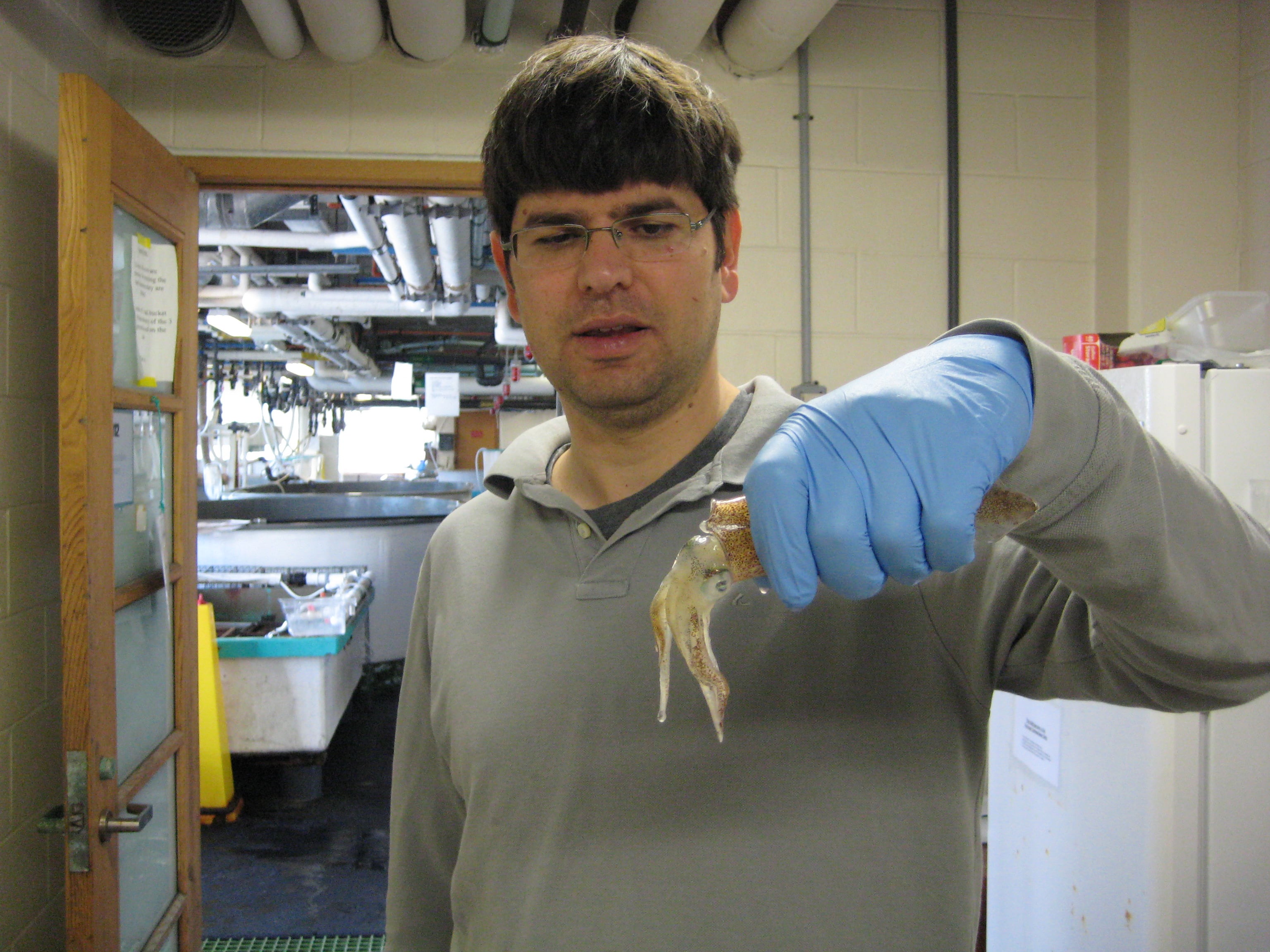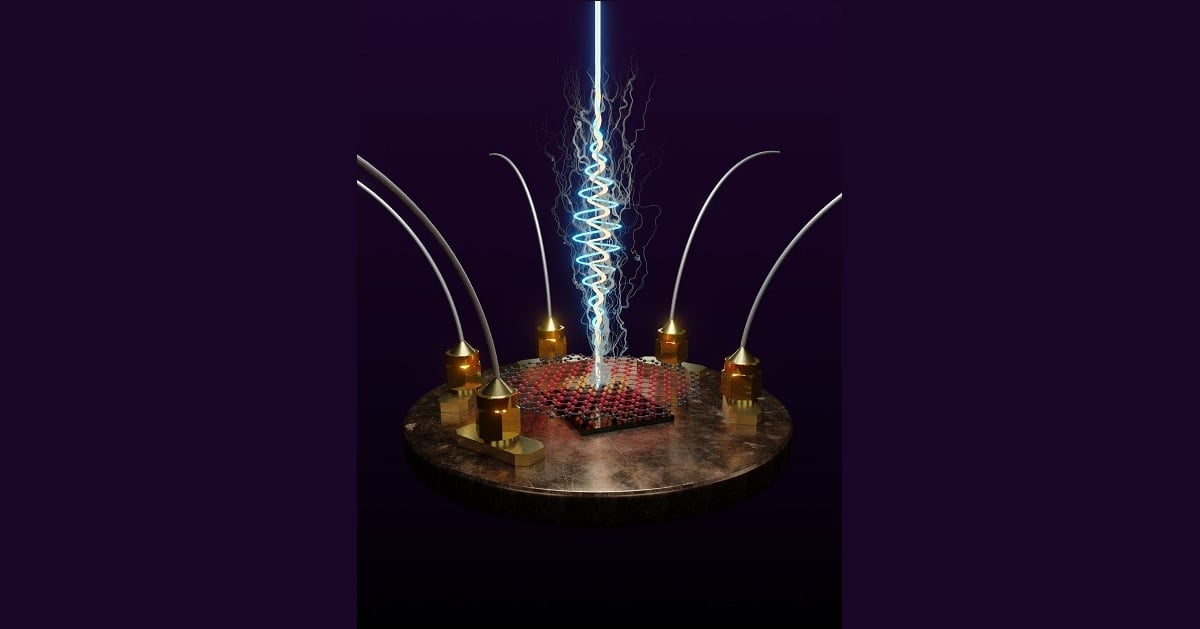A new sensor developed by Army researchers is 100,000 times more sensitive than current technology and could transform their use in everything from navigation to targeting and communications.
Dr. Joe Qiu, program manager for solid-state electronics and electromagnetics, oversees the project at the Army Research Office, which is part of the Army Combat Capabilities Development Command’s Army Research Laboratory.
“The microwave bolometer developed under this project is so sensitive that it is capable of detecting a single microwave photon, which is the smallest amount of energy in nature,” Qiu told Army Times.
RELATED

Improved sensors play a role in thermal imaging, electronic warfare equipment, radio communications, radar, and anything that detects or transmits a signal, he said.
“Having more sensitive sensors means you can definitely do this better,” Qiu said.
With the ability to detect a smaller signal, communications can be pushed to much farther ranges. When paired with artificial intelligence and new algorithms to decipher the signal from the noise in the electronic environment, that puts equipment into the realm of quantum sensing.
It works by using a graphene sensor that detects electromagnetic radiation by measuring temperature rise when photons are absorbed on the sensor, according to an Army statement.
That’s specifically applicable in widely used military equipment such as radar, night vision and light detection and ranging as well. That’s because the core function of those systems is to detect electromagnetic signals.
Better sensors could bring a host of solutions. More sensitive and capable devices could be fielded at their current size, but there may also be opportunities to reduce the size of existing components or gear, making them smaller and lighter, perhaps bringing vehicle-borne capabilities down to the individually portable level.
A team of researchers from Harvard University, The Institute of Photonic Sciences in Spain, the Massachusetts Institute of Technology, Pohang University of Science and Technology in South Korea, and Raytheon BBN Technologies published their study on the microwave bolometer in the peer-reviewed journal Nature, according to an Army statement. Kin Chung Fong at Raytheon was the lead author.
Qiu said the new development comes from a relatively new vein of work on old material — graphene.
Until around 2004 there was little understanding of novel applications for what is essentially carbon or graphite. That was because the material couldn’t be separated into layers. Then two scientists at the University of Manchester in England, Professors Andre Geim and Kostya Novoselov, began holding “Friday night experiments.” During these regular meet-ups, they would try out experimental science not connected to their day jobs.
On one of those Fridays, the pair removed some flakes from graphite, initially using sticky tape, according to the university’s website. Noticing some flakes were thinner than others, they repeated separating the layers, eventually managing to create flakes only one atom thick.
That was the first-ever isolation of graphene, one atomic layer of graphite arranged in a hexagonal lattice.
That quirky, off-hours experimenting led to a 2010 Nobel Prize in Physics for the two professors.
“Over the years, it turns out graphene is amazing,” Qiu said. “The more people looked at it, the more things they can do with it.”
The microwave bolometer is but one example of novel graphene use, he said.
For now, it remains a laboratory-based effort. The microwave requires very low temperatures in cooled rooms to operate, due to the heat generated, Qiu said.
To be useful, efforts will have to prove effective at bringing the operation to at least room temperature for further testing.
Todd South has written about crime, courts, government and the military for multiple publications since 2004 and was named a 2014 Pulitzer finalist for a co-written project on witness intimidation. Todd is a Marine veteran of the Iraq War.




